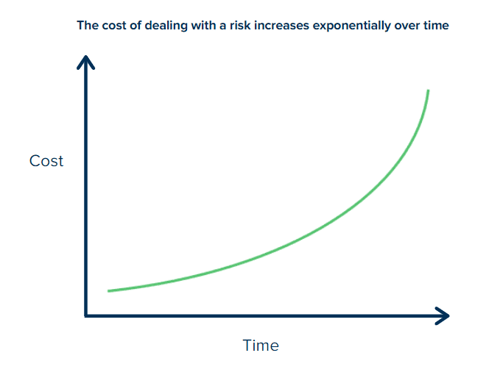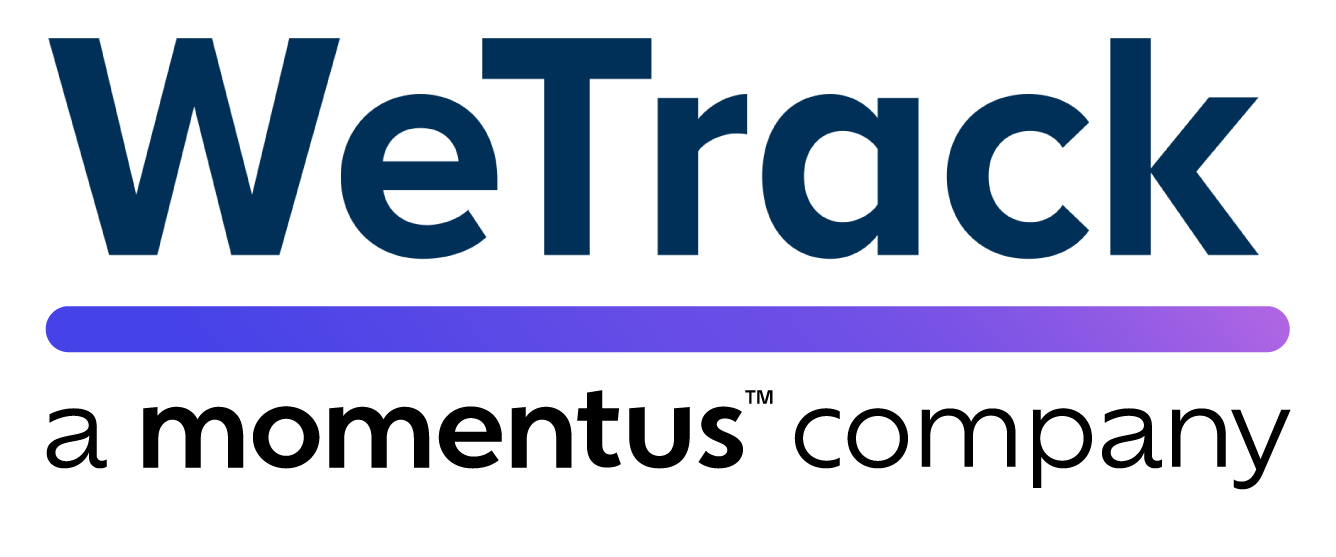There have been hundreds and thousands of articles written on risk and issue management, so one thing is clearly appreciated: that the biggest risk is to deal with risk poorly. The later issues and incidents are dealt with, the more expensive they become; audits and regulations might not be met satisfactorily; and you might not have confidence in the safety and security of your event, venue or organisational operations.

That is why you need good practices and good tools. The first practice is to define an organisational risk management approach, to ensure coherence and collaboration in how you approach risk. Define what the risk tolerances and thresholds are, how risk impact and likelihood is measured, how risk review is built into your organisational governance, and set out clear responsibilities.
The second recommended practice is to hold an initial risk workshop - and don't constrain your thinking at this point. Record all possible uncertainties, and the risks and opportunities that result. Then you can categorise by impact and likelihood, and prioritise actions, getting your mitigation steps and contingency plans in place.

Risk management software enables these processes, saving you time and money and reducing risk by fostering coherence, collaboration and efficiency. Here we'll detail five areas where a risk and issue management system could help you make serious improvements to your operations.
1. Categorise your risks. Software allows you to tag your risks and sort by different types of impact such as strategic, financial, or operational. You can sort, prioritise, analyse, and report. This enables you to deal with different types of risks in different, appropriate ways.
2. Assign owners. Risk and issue management software will allow you to assign risk owners - with whom the buck stops - and, crucially, notify them of changes, upcoming required actions, or changes to related tasks. This brings responsibility to your risk management operations.
3. Develop action plans. Treat action steps like tasks in a project management system; they can be assigned, tagged, tracked, and signed off. Specify how risks stand to impact existing projects and tasks - and create mitigation and contingency steps that directly respond to the dangers.
4. Report and audit. The added coherence, collaboration and responsibility all come together in software underpinned by automated reporting and indelible audit trails. For improving your operations year on year, knowledge transfer, trend analysis and learning lessons are critical. And for meeting audits and regulations, proper, backed-up logs are essential.
5. Exploit opportunities. Software also lets you move risks and uncertainties between stages, such as to exploit them for your benefit. Risk does not need to be addressed in an entirely negative way: be ready to change risk strategies and introduce new actions if an opportunity to benefit might arise.

The psychology of risk management that risk management software enables: be open, transparent and accepting about risk. Plan for uncertainties, because nothing ever goes 100% to plan. Regularly look at your risk profile and scrutinise where gaps exist. And don't get caught flat-footed and manage risk 'on the hoof'!
Check out our module on risk management for events and venues here.
We have also produced a comprehensive white paper aimed at helping events, venues and organisations to deal with uncertainty. Click here to read The Complete Guide to Risk and Issue Management.



